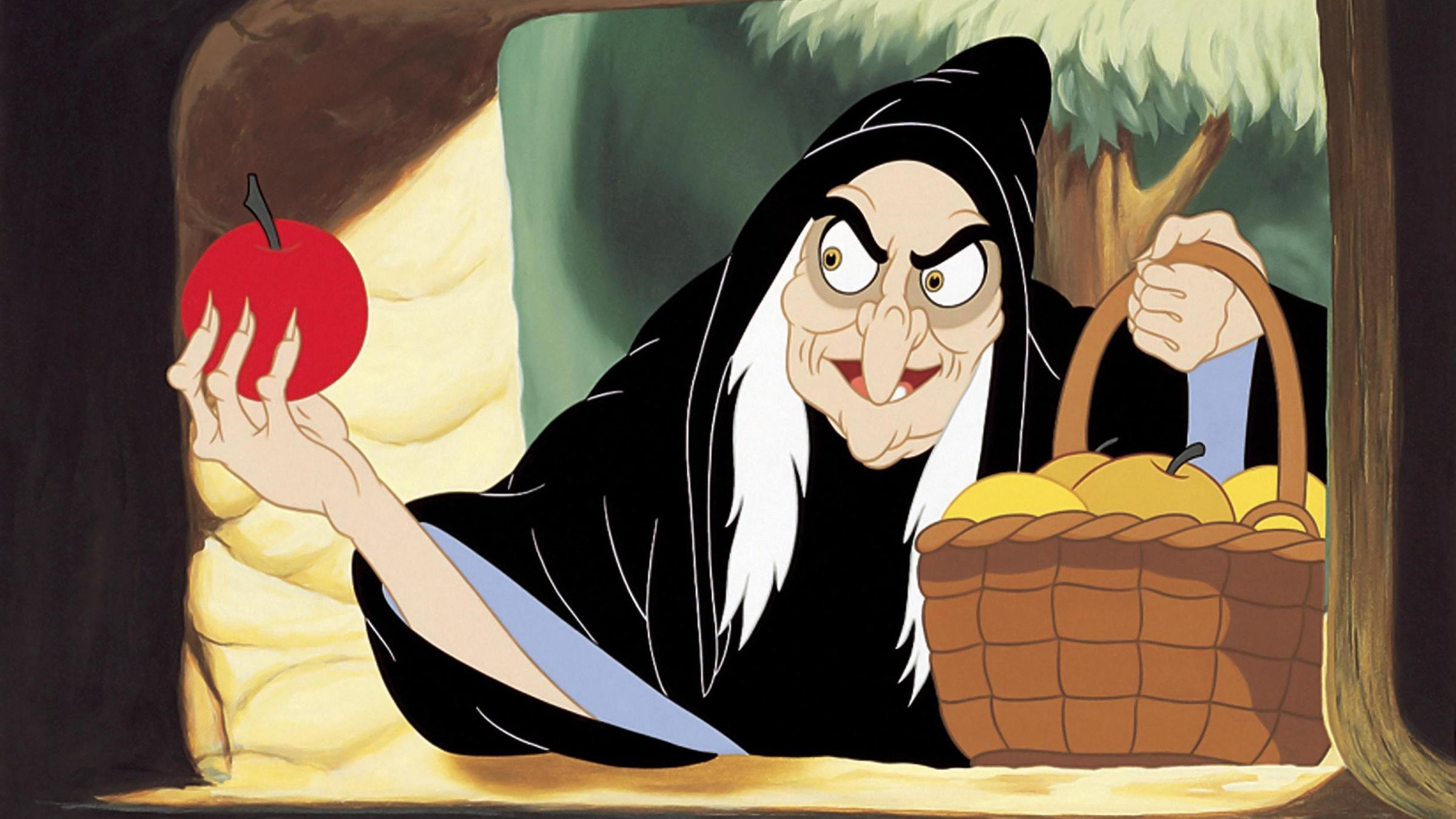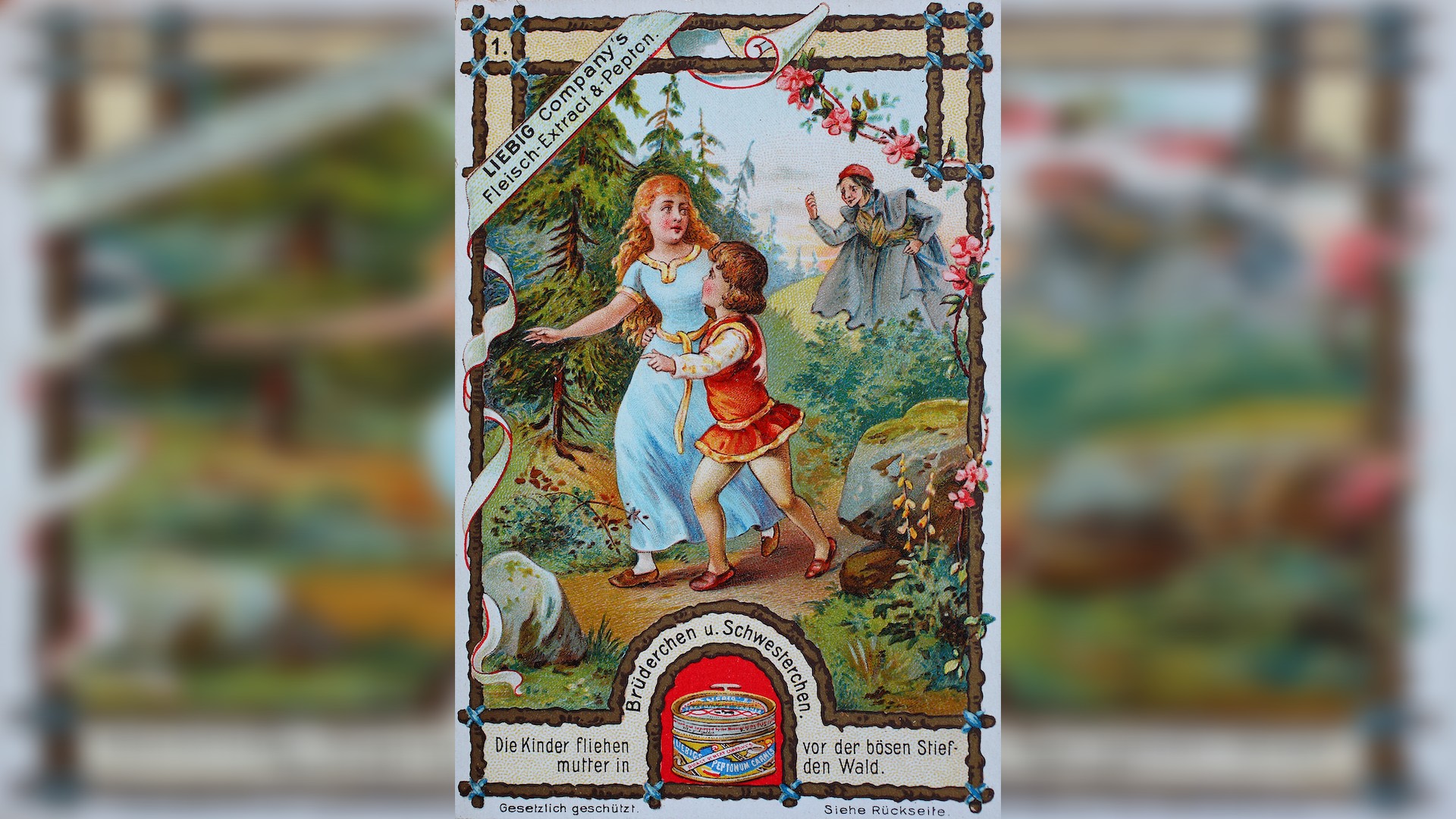Where did the idea of the 'wicked stepmother' come from?
Many fairytales have an evil stepmother who is determined to ruin the lives of her stepchildren. But what are the roots of this age-old trope?
What springs to mind when you picture a fairy tale? Maybe Cinderella sweeping the hearth in tattered rags; Hansel and Gretel trailing bread crumbs through a dark forest; or Snow White, her face deathly pale, lying motionless within a glass coffin.
These images are burned into our collective consciousness. But besides sharing similar folklore roots and being reimagined by Disney, they all feature the same villain: the wicked stepmother.
Wicked stepmothers have haunted the pages of fairy tale books for centuries, seeking the downfall of the plucky heroine. But who is this evil crone, and where did she come from? And what do we make of her as a modern-day archetype?
"The core is the same, which is this toxic rivalry between two women, often an older one and a younger one," that is, the stepmother and stepdaughter, Maria Tatar, an expert on German folklore at Harvard University, told Live Science.
Related: Did Marie Antoinette really say 'Let them eat cake'?
When in Rome
One possible origin of the evil stepmother trope dates back to ancient Rome, and to one iconic figure in particular: Livia Drusilla, the first Roman empress. Livia was the second wife of Emperor Caesar Augustus, who ascended to power after Julius Caesar met the wrong end of several knives in 44 B.C.
According to Italian historian Augusto Fraschetti, by the time Livia and Augustus married, she was already mother to a son named Tiberius. Augustus had married off his daughter from a previous marriage, who had given birth to two sons: Gaius Caesar and Lucius Caesar. One of them was set to succeed Augustus as emperor, but there was a problem: They both died.
Get the world’s most fascinating discoveries delivered straight to your inbox.
Rumors of foul play soon began circulating, and the fires of gossip flared up again years later when Agrippa Postumus, Augustus' grandson and another potential heir to the throne, was banished and murdered. Eventually, Livia's son Tiberius, rather than a direct descendant from Augustus' bloodline, donned the purple. All of this seemed suspicious to some Roman citizens, even given the fact that, without the aid of modern medicine, people were more likely to die young at the time.
In ancient Rome, politics reigned supreme; it was bad form to openly criticize those in power, particularly the emperor. But there were other, more subtle ways to express one's displeasure about a political decision, and suspicion likely landed on Livia because of her gender.
"One of the ways you could criticize a man is to criticize the women he was attached to," Peta Greenfield, a historian of ancient Rome at the University of Sydney in Australia, told Live Science. Thus, Livia may have become a scapegoat for critiques of her husband and son.
But the man responsible for cementing Livia's role as an evil step(grand)mother was the historian Tacitus, who lived circa A.D. 56 to 120.
In Tacitus' version of Roman history, which was written decades after Augustus' death in A.D. 14, Livia became a scheming, ruthless and power-hungry puppet master who would stop at nothing to secure her son's place on the throne. (This image would be immortalized much, much later in Robert Graves' 1934 novel "I, Claudius.")
"The way that he writes is really influenced by the way Roman society perceives itself," Greenfield said. At the time, Rome's self-image was ensconced in a deep-seated sense of "patriarchal insecurity." Powerful women were not looked upon favorably — a trend that seeps through to the present day.
Related: Were any 'witches' burned at Salem?
Into the woods
Though Livia may be the original wicked stepmother, she was far from the only one.
In cultures across the world, tales of toxic female rivalry abound. Often, though, specifics changed to meet the social norms of the place. In some regions of Africa and Asia, for example, the stepmother took the form of a wicked second wife who tortured the virtuous first wife. And in parts of Europe, she became a jealous sister or mother-in-law.
When Jacob and Wilhelm Grimm set about collecting and streamlining German fairy tales in the early 19th century, they were mildly scandalized by how many of them contained evil mothers. "They changed a lot of the mothers and mothers-in-law to stepmothers," Tatar explained, in an effort to preserve the "sanctity of motherhood."
Another reason stepmothers feature prominently in folktales from this era is that they simply reflected reality. Childbirth was a dangerous undertaking, and many women did not survive the experience. "The numbers are really quite shocking," Tatar said. "About half of all children were growing up with one biological parent and then a stepparent."
Of course, the Grimm brothers' fairy tales became wildly popular and served as the basis for many Disney films, from "Snow White" to "Tangled." These movies, as well as those inspired by the 19th-century Danish author Hans Christian Andersen, have given us some of the most iconic villains ever put to screen — Ursula the sea witch from "The Little Mermaid," Maleficent from "Sleeping Beauty" and the Evil Queen from Snow White. But as society continues to reckon with its treatment and portrayals of women, Disney has started to rehabilitate many of its wicked-stepmother figures (or skip them entirely) in films such "Moana," "Frozen" and the gloriously messy "Maleficent," which paints the titular faerie as a caring but misunderstood figure.
Tatar sees this change as positive. "Don't get me wrong," she said; "the old-time stories are sacred to me in a way. But we don't live in the 19th century in Germany anymore. Our values have changed, and the stories we tell should be changing as well."

Joanna Thompson is a science journalist and runner based in New York. She holds a B.S. in Zoology and a B.A. in Creative Writing from North Carolina State University, as well as a Master's in Science Journalism from NYU's Science, Health and Environmental Reporting Program. Find more of her work in Scientific American, The Daily Beast, Atlas Obscura or Audubon Magazine.
 Live Science Plus
Live Science Plus








